What Are The Signs Of Laminitis In Horses?
To ensure that you don’t miss the subtle signs of laminitis in horses read on.
One of the biggest fears of a horse owner is laminitis, vets also share this fear because once a horse has a laminitic episode, it will likely trouble the horse for life.
We all need to be able to recognise the signs of laminitis in horses so that we can halt the process and ensure our four-legged friends get the care they need.
There is good news though!
In this article, we will go through the signs of laminitis in horses that you need to be acutely aware of.
You’ll never have to wonder if your horse has laminitis again!
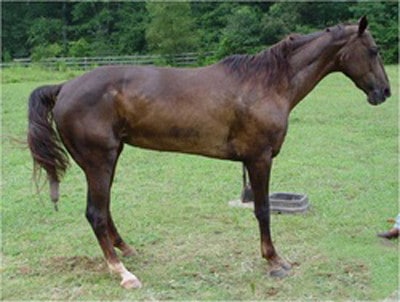
The Most Common Signs of Laminitis
It is vitally important that you can recognise the early signs of laminitis so that you can prevent the disease process from progressing.
So often vets are called out to see a horse with a shuffling lameness that the owner thinks is related to arthritis.
If you think your horse is “a bit stiff”, the first thing to do is rule out laminitis as a potential cause.
Once a horse has had one bout of laminitis, it will always be susceptible to laminitis.
With the early intervention of appropriate care, we can improve the prognosis.
Make sure you check out Causes Of Laminitis In Horses to determine what predisposed your horse to this life-threatening problem in the first place.
But first, we need to recognise the signs of laminitis.
It’s also important to note that many of these signs that we see can be due to other problems such as a hoof abscess or tying up.
If you notice any one of these signs, get in touch with our vets and we can help you to triage your horse with the care your horse or pony needs immediately.
Common Signs Of Laminitis
- Shifting weight from one foot to another.
- Shuffling walk, difficulty turning tight corners.
- Leaning back off the front feet and putting more weight on hind legs.
- Increased heat in the hooves.
- Bounding digital pulse.
- An increased respiratory rate and heart rate due to pain.
- Trembling and muscle twitching.
- Sweating especially around the girth and flank regions.
- A distressed, worried look in the eye.
- Unable to take weight on three legs if another leg is lifted.
- Pain response when pressing a hoof tester around the sole, especially in the toe region.
- Pain response if tap the front wall of the hoof.
- Bruising of the sole, especially around the point of the frog.
- Seedy toe or hoof cracks in the toe region that never seem to heal.
Acute signs of laminitis are not that difficult to miss. Most horses are very painful in their front feet so rock back to avoid taking the weight on them adopting what many call the sea saw stance.
Most cases of laminitis occur in the front feet and both at the same time.
Occasionally you will see it in all four feet, and rarely only in the hind feet.
Be aware of the subtle signs. It is the slow insidious nature of laminitis, where it can slowly develop and progress if you aren’t paying attention that is the most dangerous.
Remember, the longer it takes you to recognise the signs, the longer it is before you are treating it resulting in a poorer outlook and prognosis.
This is one problem that you want to be on the ball and act on immediately.
In our article about the causes of laminitis, you will learn what you need to watch for and therefore prevent this horrible condition.
In our next article we will discuss acute first aid management, however, if you are worried, get in touch with our online vets now to book a consult.
Don’t risk your horse or pony’s life by delaying veterinary care.
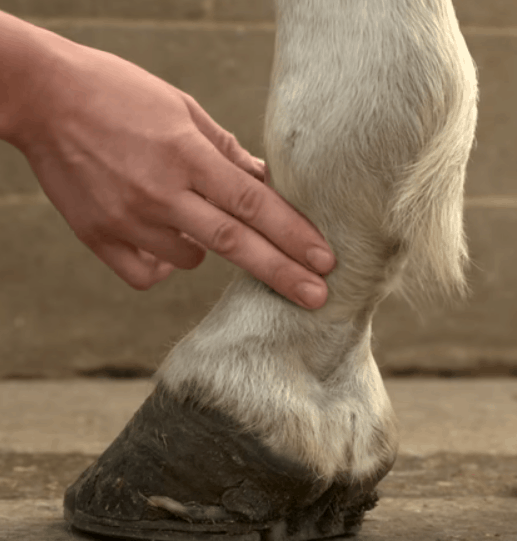 Checking for a bounding pulse
Checking for a bounding pulse
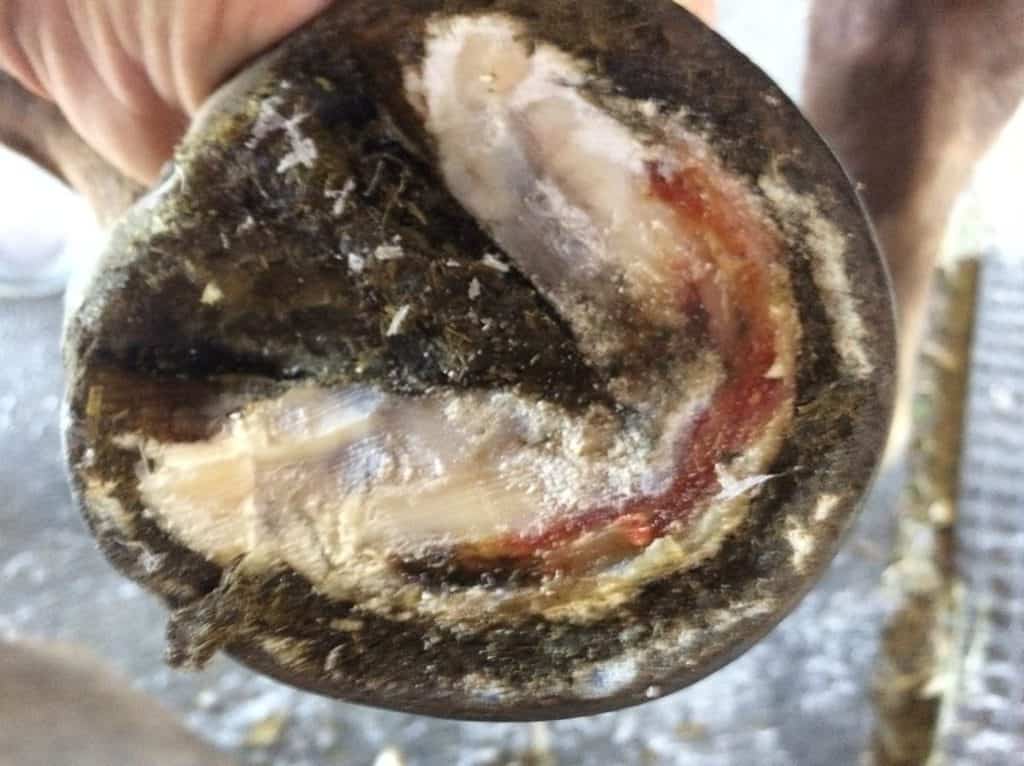 Severe bruising in the toe region of the sole
Severe bruising in the toe region of the sole
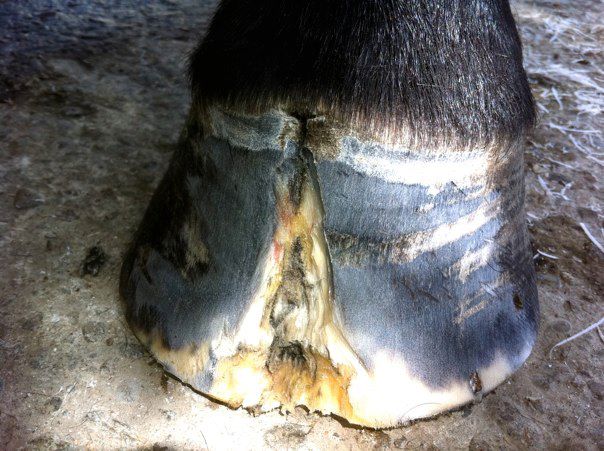 Seedy toe and hoof cracks can indicate a problem
Seedy toe and hoof cracks can indicate a problem
Have you owned a horse that has had laminitis? What was the first sign that you noticed? Tell us below.
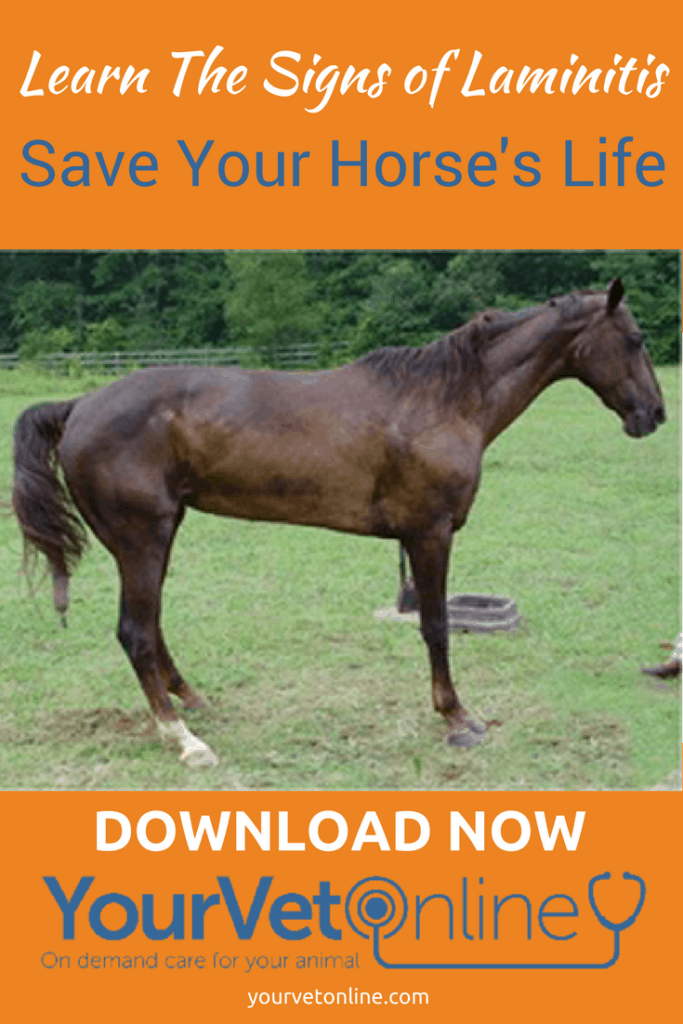
- 1.4K
- 1.4K

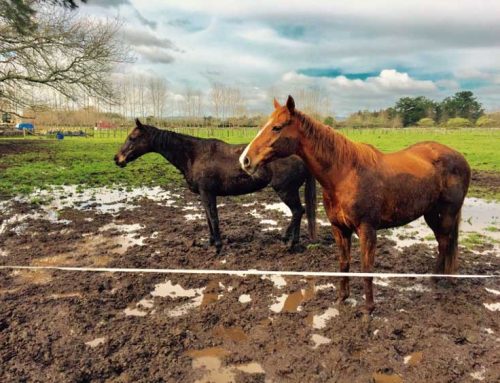
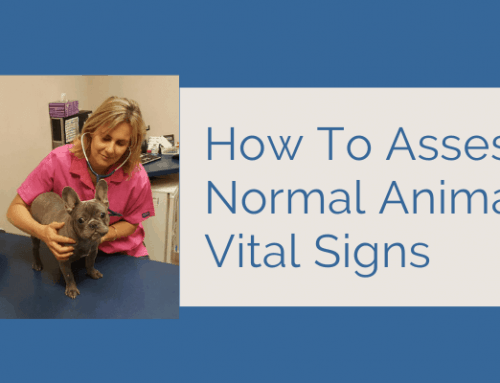

Leave A Comment